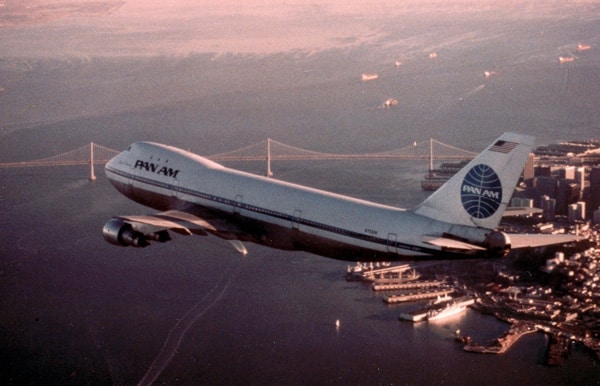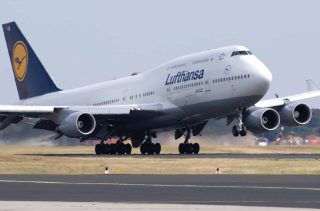It was a bittersweet day at Boeing’s factory in Everett, WA. The company delivered the 1,574th and last 747 jumbo jet that they’ll ever produce, handing it to Atlas Air and bidding farewell to the legendary Queen of the Skies, which they spent over 5 decades making.
“For more than half a century, tens of thousands of dedicated Boeing employees have designed and built this magnificent airplane that has truly changed the world. We are proud that this plane will continue to fly across the globe for years to come,” said Kim Smith, Boeing Vice President and general manager, 747 and 767 Programs.
The iconic plane transformed global travel and the airline industry after entering service in 1970, and has left millions of people in awe ever since.
Final Delivery In the Books

The 747-8F freighter (N863GT) now belongs to Atlas Air, who took the last several 747s for their cargo fleet. It will depart Paine Field tomorrow morning, aiming for a 7:47am departure for Cincinnati, OH.
“We are honored to continue our long history of flying this iconic aircraft for our customers around the world,” said John Dietrich, president and CEO of Atlas Air Worldwide. “Atlas Air was founded over 30 years ago with a single 747-200 converted freighter, and since then, we have spanned the globe operating nearly every fleet type of the 747, including the Dreamlifter, Boeing’s 747 Large Cargo Freighter, for the transport of 787 Dreamliner parts. We are grateful to Boeing for their shared commitment to safety, quality, innovation and the environment, and for their partnership to ensure the continued success of the 747 program as we operate the aircraft for decades to come.”
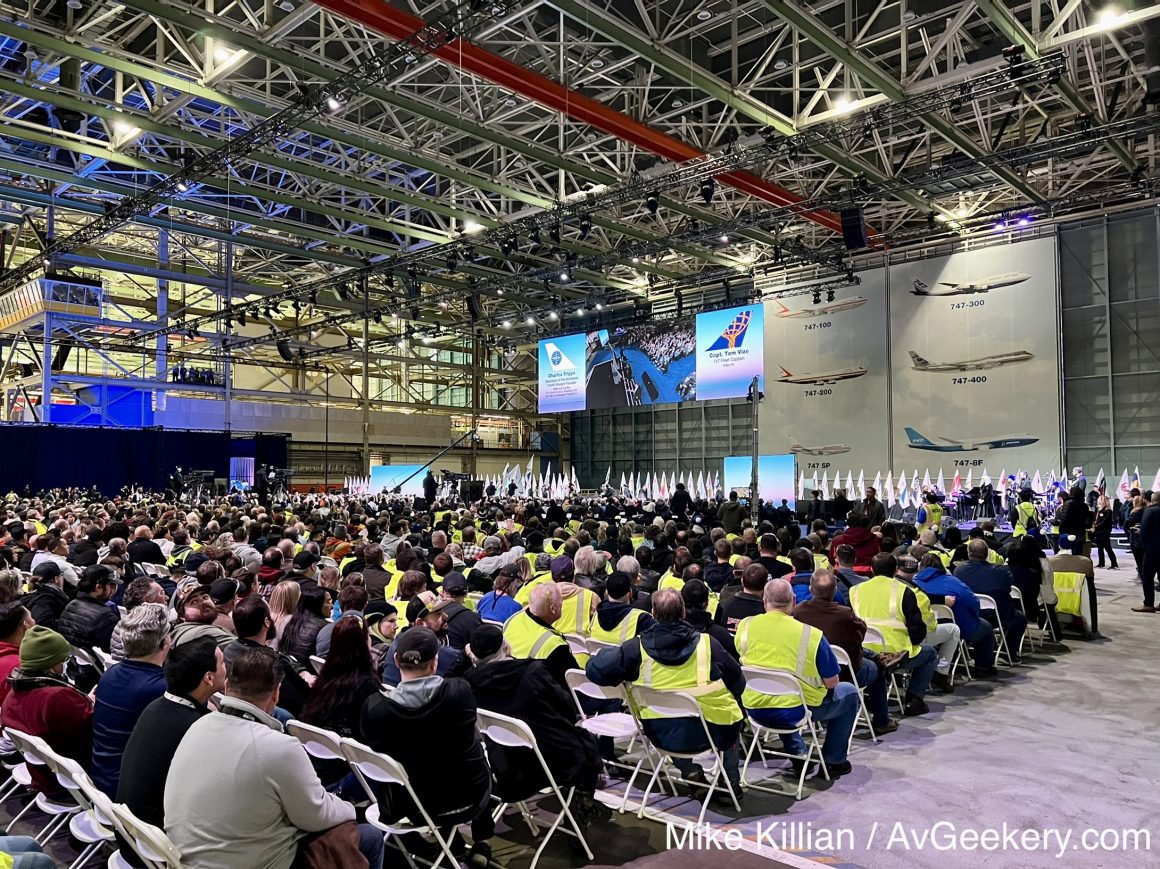
Today’s ceremony was attended by thousands of current & former employees who worked on the program, as well as senior leaders past & present from Boeing & several companies who put their money and faith into the aircraft, including UPS and Lufthansa.
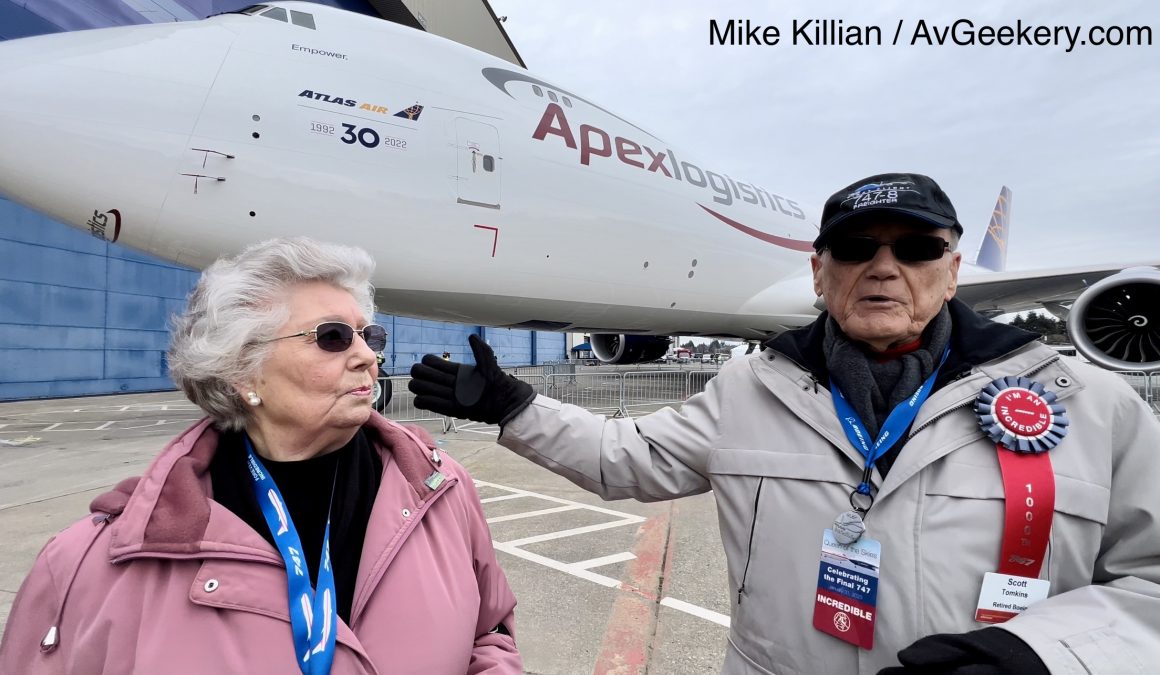
The Incredibles were honored too, the team of folks who first built the 747 and brought it to life. Several were in attendance, & were gracious enough to give AvGeekery some great interviews (subscribe to our YouTube channel for those).
Operators have been retiring their 747s now for years, but the newer planes will fly for years to come, as major cargo carriers such as Atlas Air and UPS use them extensively (both are the largest operators of the 747).
747 Was A Gamble That Paid Off, Big Time
The plane was developed at the request of Pan Am, who in 1966 asked Boeing for the biggest airliner ever, declaring that if Boeing makes it, Pan Am will buy it. Boeing accepted the challenge, and it nearly bankrupt them.
But the gamble paid off. The first 747 flew its maiden voyage on February 9th, 1969. The first commercial flight with Pan Am took place a year later from New York to London, flown by Captain Robert M. Weeks, Captain John Noland and Flight Engineer August (“Mac”) McKinney.
It ushered in a new age that revolutionized the industry by making international travel affordable for the every day person.
Other airlines followed with orders for 747s, and it became a staple of international travel. A company wasn’t even considered a major airline unless they had a 747.
747 Served In Many Roles
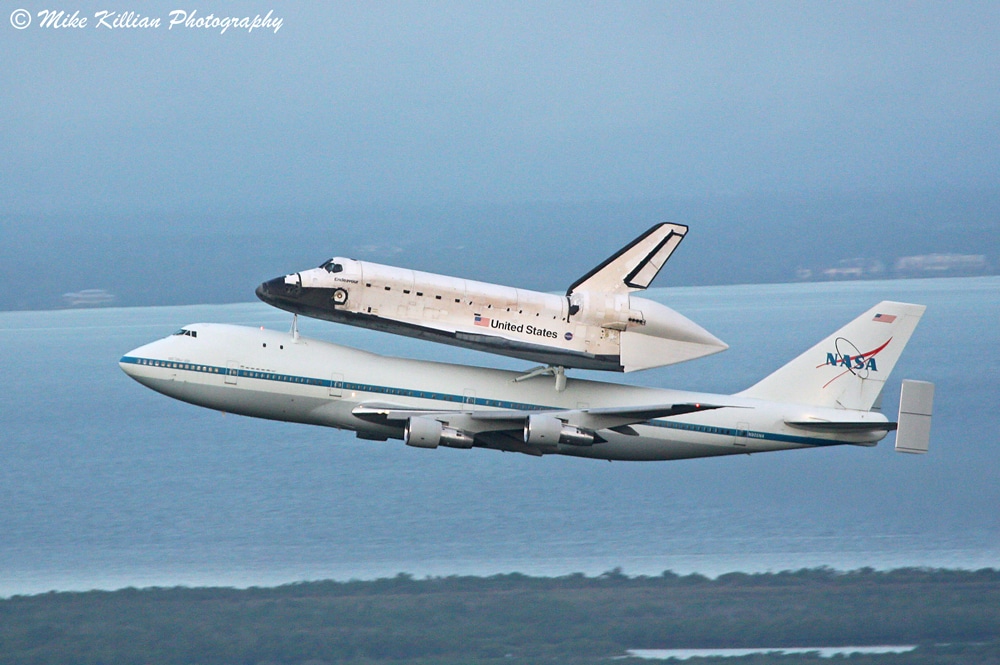
Even NASA found use for them, using a modified 747 to carry their space shuttle fleet piggyback on trips between California and Florida for over 30 years.
NASA also modified another 747 to carry a flying telescope to explore the universe in ways stationary telescopes on the ground could not. That plane, called SOFIA, flew its last science mission at the end of 2022, because NASA has enough space telescopes operating that they no longer saw a worthwhile ROI. The plane is now on display at Pima Air & Space Museum in Arizona.
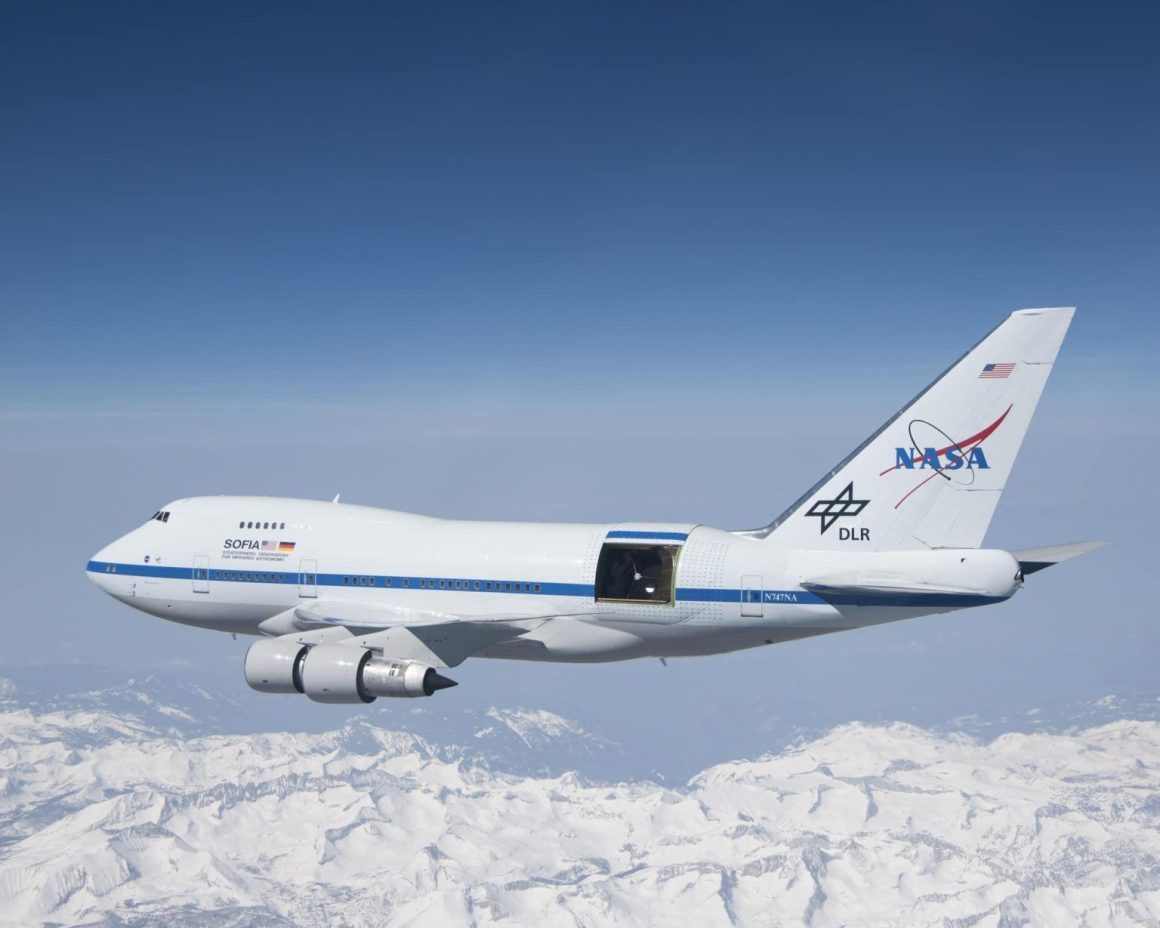
And of course, the jumbo jet has served as Air Force One, flying 6 Presidents over the years, and will continue doing so for many years to come. Boeing is currently working on two new 747 Air Force Ones to deliver to the Air Force, but they are modified 747s from already produced airframes.
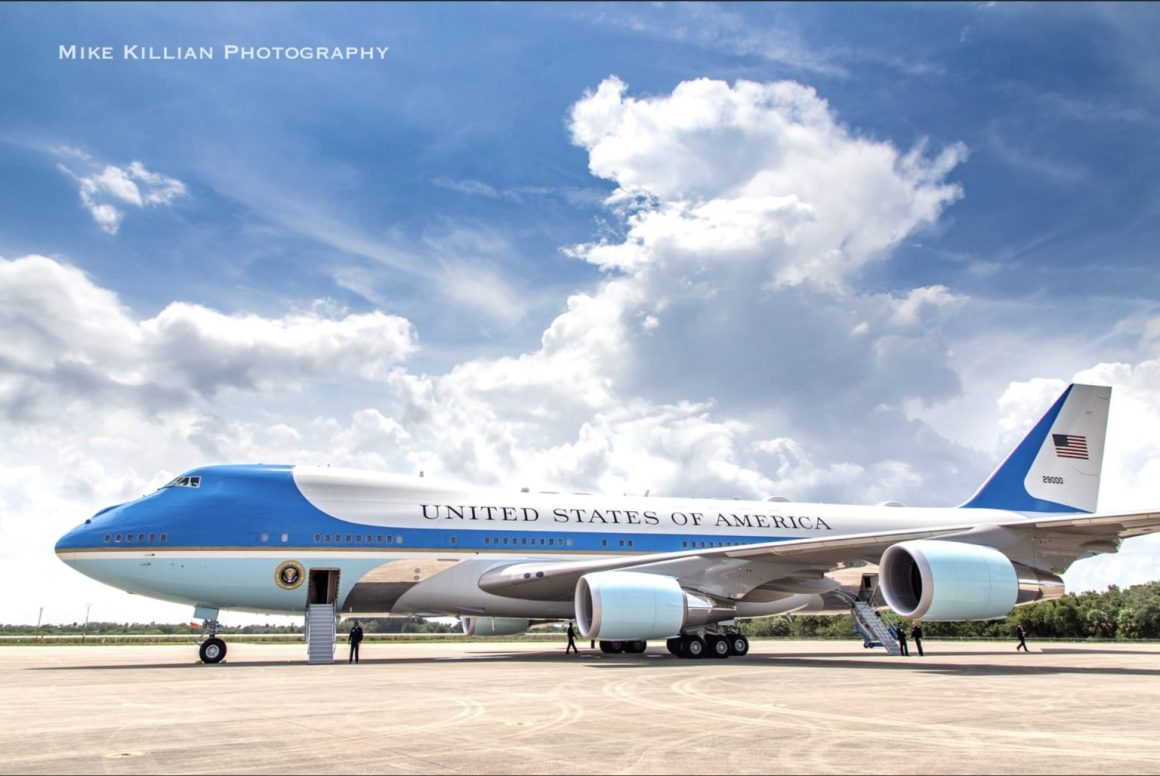
But times of course do change. Increasing fuel costs and newer plane types with better fuel efficiency and superior design tech have forced major airlines to move away from the 747.
Most now operate as cargo freighters. The global air cargo fleet is expected to grow by more than 60% over the next 20 years. But a few airlines still fly them for passenger travel. They include Asiana Airlines, Mahan Air, Lufthansa, Koren Air, Max Air and Air China.
Last 747 Will Fly With Atlas Air, The Largest Remaining 747 Operator
“The 747 will forever hold a special place in aviation history,” said Stan Deal, president and chief executive officer of Boeing Commercial Airplanes. “Atlas Air began operations 28 years ago with a single 747 and it is fitting that they should receive the last, ensuring that the ‘Queen of the Skies’ plays a significant role in the global air cargo market for decades to come.”
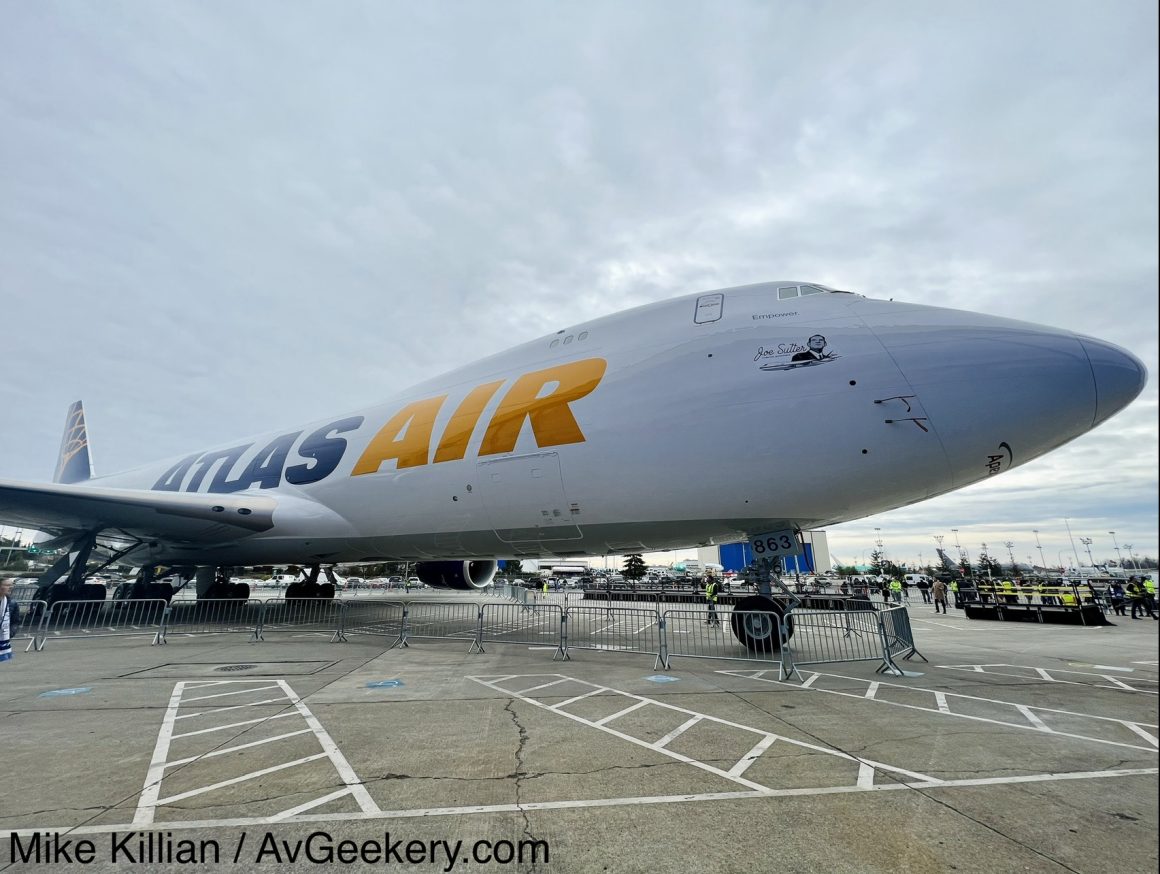
“I can’t emphasize how big of a sense of employee pride there is with this airplane,” said Boeing’s head of communication for the 747, Brianna Jackson. “There are people here who have worked on this plane for 40 years — their entire career on the 747. They love this airplane and want to see it to the end.”

